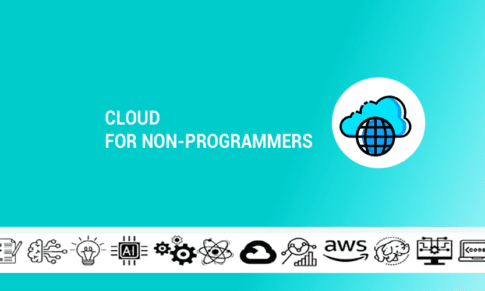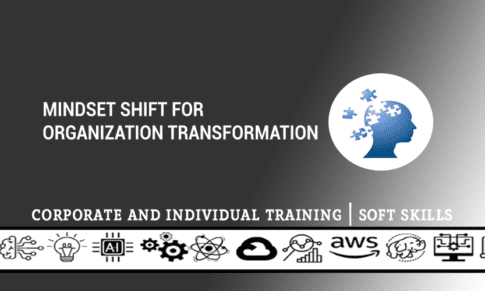Jupyter Notebook for Effective Data Analysis and Collaboration
- Created By raju2006
- Last Updated February 17th, 2025
- Overview
- Prerequisites
- Audience
- Curriculum
Description:
This Jupyter Notebook For Effective Data Analysis And Collaboration course will help you to become familiar with the popular Jupyter Notebook environment and all of its features. It has become the standard tool for performing data science tasks in Python including data cleaning and transformation, statistical modeling, data visualization, and machine learning. Jupyter Notebook is a powerful tool that allows you to create and share documents that contain live code, equations, visualizations and narrative text. You will also learn about JupyterLab which is the evolution of the standard Jupyter Notebook.JupyterLab neatly bundles many functionalities together, enabling extensible and collaborative workflows.You’ll learn how to share your analysis in multiple formats, including presentation slides, web documents, and hosted platforms (great for colleagues who do not have Jupyter installed on their machines). You will also learn how to install and use Rin your Jupyter Notebook environment.
Course Code/Duration:
BDT153 / Half Day
Learning Objectives:
After this course, you will be able to:
- Navigate the Jupyter Notebook environment
- Incorporate Python and R into Jupyter Notebook analyses
- Effectively work with Jupyter Notebook and JupyterLab
- Organize your data solutions within JupyterLab
- Enhance your analysis with Jupyter extensions and interactive widgets
- Create an end-to-end data analysis workflow using JupyterLab
- Use Jupyter Notebook Tips, Tricks, and Shortcuts
- Use Jupyter to facilitate collaboration and sharing
- Create dynamic presentation slides from your Jupyter Notebook
- Host Jupyter Notebooks on GitHub
- Discover ways in which multiple users can access the same Notebook
- Use the diverse and abundant tools available within the Project Jupyter ecosystem including Google’s Colaboratory environment
- Basic programming knowledge
- This course is for learners who would like to become familiar with Jupyter Notebook and to maximize its use for data analysis and for project organization and collaboration.
Course Outline
- Jupyter Notebook Introduction
- What is a Jupyter Notebook?
- Installing and Setting Up Jupyter Notebook
- Start a Notebook from the Command Line
- Start a Notebook from Anaconda Navigator
- Navigate the Jupyter Notebook Environment
- Run a Notebook in the Cloud
- Install the R Kernel
Milestone 1: Starting and Navigating a Jupyter Notebook
- How Jupyter Facilitates Collaboration and Sharing in Data Science
- Export a Notebook (.ipynb)
- Convert Your Notebook to Different Formats (HTML, PDF, .py)
- Publish a Notebook
- Create Dynamic Presentation Slides from Your Notebook
- Hosting a Notebook on GitHub
- Working with Others Using Real-Time Collaboration
- Share Custom Environments with Binder
Milestone 2: Sharing a Jupyter Notebook and Collaboration
- Working with JupyterLab
- Exploring JupyterLab
- Project Organization and File Access Within JupyterLab
- Using the Integrated Development Environment
- Using the Command Line Interface
- Working with Multiple Notebooks
- Enhance Your Analysis with Jupyter Extensions and Interactive Widgets
- Shortcuts, Tips and Tricks
Milestone 3: Using JupyterLab and Creating an Effective Workflow
- Using Google’s Colaboratory Environment
Structured Activity/Exercises/Case Studies:
- Milestone 1: Starting and Navigating a Jupyter Notebook
- Milestone 2: Sharing a Jupyter Notebook and Collaboration
- Milestone 3: Using JupyterLab and Creating an Effective Workflow






